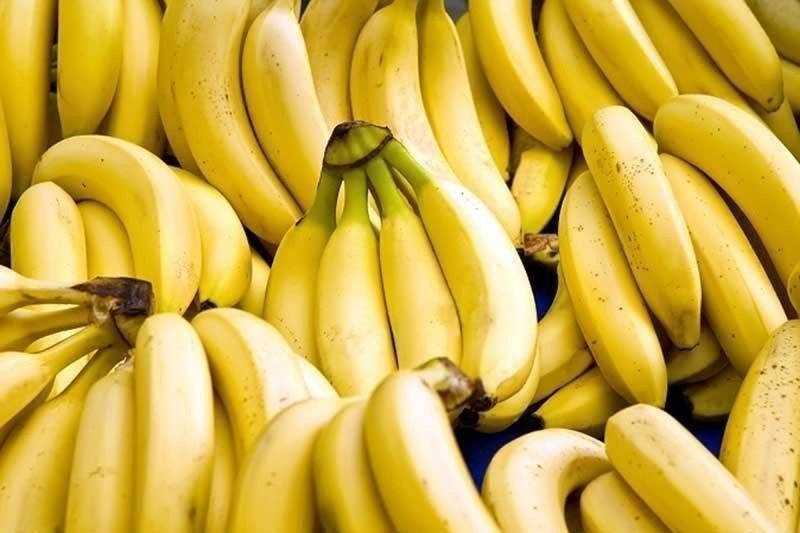Banana industry needs to diversify

MANILA, Philippines — The country’s largest business group, the Philippine Chamber of Commerce and Industry (PCCI), is calling on the government to diversify the local banana industry in order to keep up with an increasingly competitive global market.
In a webinar organized by the Stratbase ADR Institute on Wednesday, PCCI director Roberto Amores said the development and growth of agriculture in the country, in general, is very slow and almost stagnating.
He urged the government to accelerate its modernization and industrialization programs for the sector to cope with the growing market competition.
In particular, the Philippines is one of the top exporters of Cavendish bananas in the world, but is now losing in the banana export war amid continued stiff competition in the global market.
“We need to encourage farmers to intercrop and grow Saba (Cardava bananas) due to growing market demand for frozen banana and banana chips,” Amores said.
Among the challenges of the industry include the damaging Panama disease or fusarium wilt affecting banana farms and plantations in Mindanao.
“Our production has also been decreasing due to very strong competition with Ecuador,” Amores said.
“And now, we have the new entrance of Cambodia and Vietnam who are producing exactly the same variety and quality at a much lower price,” he said.
Vietnam saw its export shipments surge to 27.7 million boxes last year, Cambodia at 6.7 million boxes and even Laos at 360,000 boxes.
The Philippines is also being slapped with a high 30 percent tariff in South Korea and 18 percent in Japan. The country has yet to enter the Australian market.
In general, Amores said the local agriculture sector is facing the problems of competitiveness, demand-supply availability, product development, post-harvest facilities, and access to credit and financing that are hindering the sector’s full potential.
PCCI urged the government to create efficient and stable supply chains, as well as open and predictable markets for smooth distribution of food along the supply chains.
It also called for the creation of diversified sources of supply to allow private firms to adapt rapidly, acquire innovative farming technologies to increase production, and harmonize domestic and export regulations.
- Latest
- Trending






























